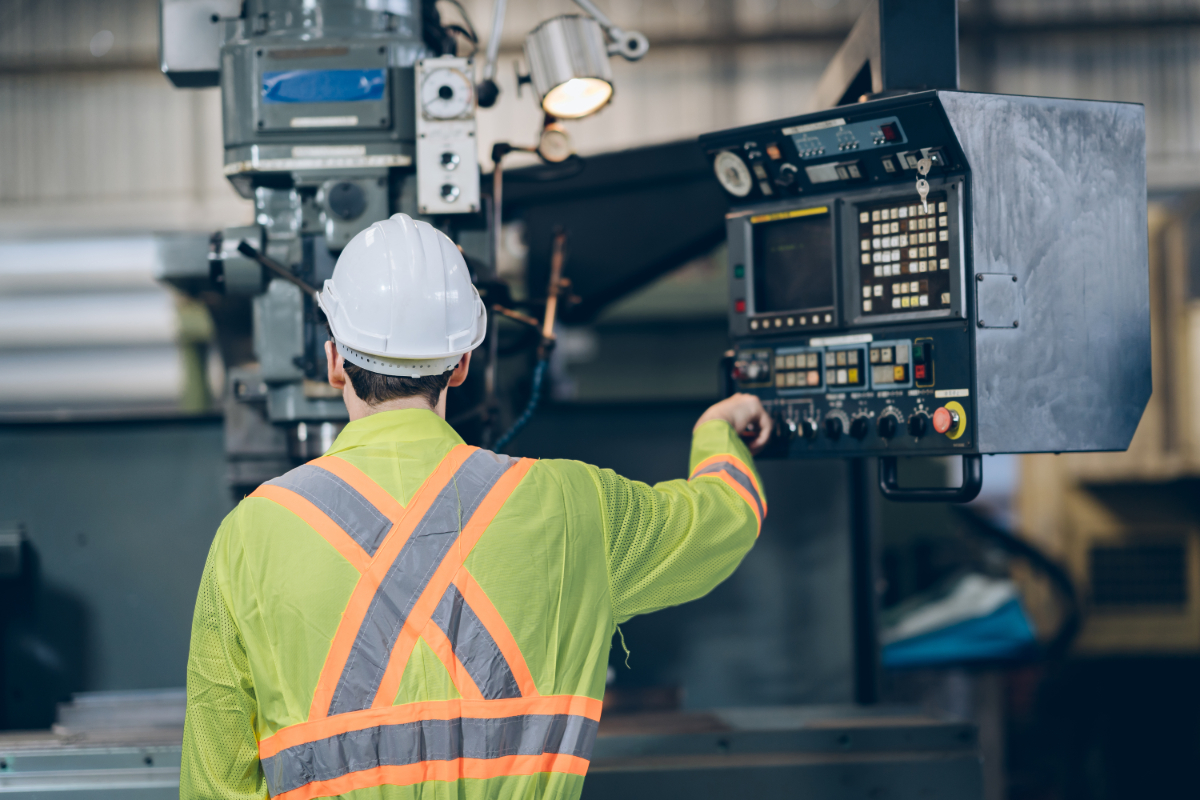As process plants continue to grow in complexity, the importance of safety systems grows exponentially. Process plants handle hazardous materials like flammables, toxins, and reactives, so an accident can have devastating consequences on personnel, the environment and the surrounding community. To protect workers and minimize risk, modern process plants rely on safety instrumented systems (SIS) to automatically detect abnormal situations and take corrective action to avoid or mitigate accidents. This article will discuss the key components, design principles and functions of SIS.
What is a Safety Instrumented System?
A Safety Instrumented System is an independent and dedicated controls system designed to take the process to a safe state in the event of an emergency. The core purpose of a SIS is to detect and respond to potentially hazardous operational deviations to prevent an accident from occurring or escalating. SIS are designed, installed and maintained according to international functional safety management standards like IEC 61508 and IEC 61511 to ensure their reliability and integrity.
A typical SIS has four main components – sensors, logic solvers, final elements and supervisory system. Sensors such as temperature, pressure and flow transmitters monitor critical process parameters. The logic solver, usually a programmable logic controller (PLC), receives input signals from the sensors and executes safety logic to determine if a dangerous abnormal condition exists. If triggered, the SIS activates final elements like shutoff valves, pumps or switches to shut the process down and place it in a safe state. A supervisory control system allows operators to monitor SIS statuses, change configurations and acknowledge alarms.
Key Design Principles of SIS
Several important design principles govern SIS to ensure optimal safety performance:
1. Independence from basic process control system (BPCS). A SIS must be fully independent from the primary control and safety systems to avoid common cause failures that could compromise its integrity.
2. Fail-safe design. The SIS is designed so that any single failure within the system results in a safe state for the process. This is achieved through inherent design features and tested automatically on a regular basis.
3. Simple and direct functionality. SIS carry out safety functions through the simplest control logic and component configurations to prevent complexity issues from arising.
4. High functional reliability. International standards set stringent reliability targets like ≥99% annual capability of a SIS to perform its safety functions on demand. Equipment is qualified, designed and maintained to achieve extremely low rates of dangerous undetected failures.
5. Easy maintenance and testing. To ensure ongoing integrity, a SIS is designed with built-in test capabilities, clear diagnostics and straightforward access for preventive maintenance, proof testing and repairs.
Functions of a Typical SIS
Here are some common functions carried out by SIS in actual process plants:
– Overpressure protection – Monitoring pressure buildups and activating relief valves to prevent vessel ruptures.
– Overfill prevention – Detecting high liquid levels in tanks and cutting off inflows via block valves.
– Fire/gas detection – Triggering a plant-wide shutdown if flames or toxic releases are sensed.
– Emergency shutdown (ESD) – Quickly terminating an abnormal process and isolation if several parameters exceed safe limits.
– Burner management – Safely controlling boiler and furnace ignition sequences plus flame monitoring.
– Pump monitoring – Preventing cavitation, loss of prime or dry running of critical pumps and compressors.
– Sequence control – Enforcing proper sensor-driven startup/shutdown procedures step-by-step.
– Toxic gas mitigation – Removing personnel from danger zones and actuating deluge/scrubbers if gas leaks occur.
Benefits of a Reliable SIS
Industries rely on properly designed and maintained safety instrumented systems to safeguard plant staff as well as production equipment and the surrounding environment. Some benefits enabled by functional SIS include:
– Reduced risk of fires, explosions or toxic releases improving overall safety.
– Lower insurance premiums and regulatory compliance costs for process facilities.
– Fewer unplanned shutdowns stemming from minor issues escalating thanks to automatic safeguarding.
– Extended equipment service life since SIS prevent overpressurization, thermal stresses and other hazards from damaging machinery.
– Protection of brand reputation and social license to operate through demonstrated commitment to risk control and community safeguards.
Given the critical role they play, safety instrumented systems have become indispensable for modern process operations handling hazardous substances. By applying strong functional safety management practices specified in international standards, industries can establish highly dependable SIS delivering strong safeguarding that allow facilities to operate safely and profitably for many years. With proper design, maintenance and verification, SIS provide an excellent means of protecting plant assets and surrounding populations from accidents.
*Note:
1. Source: Coherent Market Insights, Public sources, Desk research
2. We have leveraged AI tools to mine information and compile it




